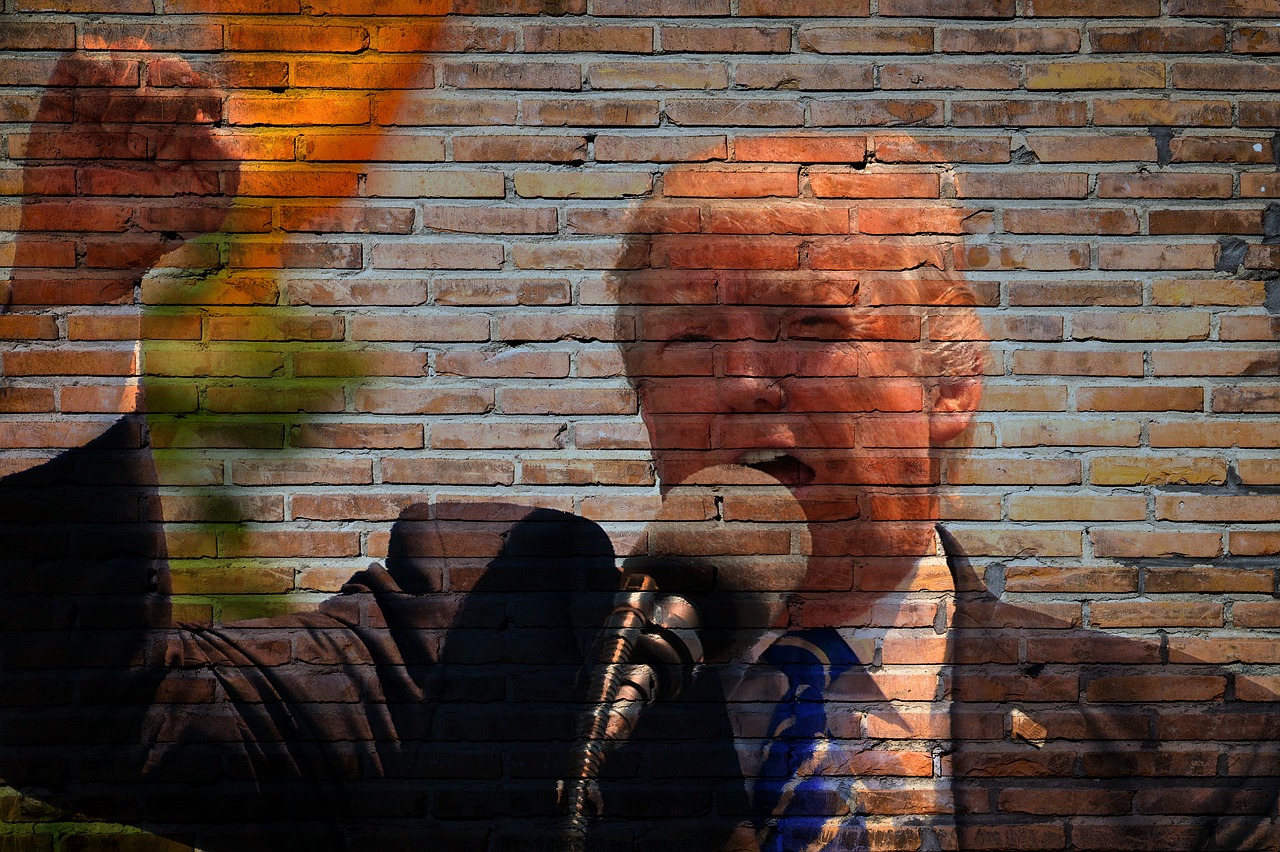Markets are increasingly attentive to the economic proposals of the Republican candidate for the U.S. presidency, Donald Trump, and their implications not only for the country but also for the global economy. Barclays Bank presents an analysis to evaluate what it calls Trumponomics, referring to the economy under a possible Trump presidency.
Higher tariffs, reductions in corporate taxes, restrictions on migration to the United States, and more protectionism are some of the bases of the economic program proposed by Trump.
Often, their immediate effect could be partially offset by countermeasures (e.g., retaliatory tariffs), exchange rate adjustments, and substitution effects, which in turn depend on supply and demand elasticities, not known beforehand.
However, the firm indicates that it seems fair to say that a combination of higher trade tariffs and reduced migration are, in principle, negative supply shocks with inflationary consequences. At the same time, lower taxes without equivalent spending cuts would primarily stimulate demand (though potentially with some positive supply effects as well).
This would point to a U.S. economy with strong (real) growth but also greater inflationary pressures. This means: a rapid expansion of nominal GDP, with higher nominal interest rates and a strong U.S. dollar as an exchange currency.
Deregulation could offset inflationary pressures to the extent that it translates into a positive supply shock and increased productivity, although such effects traditionally take time, Barclays noted.
The financial firm provided a summary of the key policy proposals that have emerged so far and some of their macroeconomic implications:
Higher Tariffs
Trump has been vocal about his perception of unfair global trade, particularly focusing on countries with which the United States has large bilateral trade deficits (such as China and the European Union). He and his team, centered around former U.S. Trade Representative Robert Lighthizer, have suggested implementing a 10% tariff on all imports to the United States and a 60% tariff on Chinese imports. If implemented, this would raise the average U.S. tariff to the highest level since the 1950s, marking a significant departure from the post-World War II global trade regime.
Lower Taxes
Trump described his economic doctrine as “low interest rates and low taxes.” Therefore, it is very likely that a Trump administration would extend its 2017 tax cuts. He has also pledged to further reduce the corporate income tax cost from 21% to 20%, and in an interview with Bloomberg, he floated the idea of lowering it to 15%, although he admitted that “this would be difficult.”
Less Migration
Trump has promised to reduce immigration, which reached a record level in 2023. Immigration flows have been a key source of American exceptionalism during the post-pandemic period, providing a strong tailwind for aggregate supply that has helped sustain disinflation amid solid consumption-driven expansion. Policies to curb the flow of asylum seekers would reduce labor supply and growth.
Less Regulation
The Trump administration would likely take a significantly different approach from the Democrats, particularly regarding energy and the environment. The effects of this could be complex. For example, expanding oil production could be a positive supply shock, but slower adoption of electric vehicles would increase oil demand. In any case, a limited effect on oil market fundamentals is expected in the short term. Similarly, reducing bureaucracy could facilitate business operations, but repealing some laws could affect investment and employment.
Realigned Geopolitics
There are potentially significant changes from current policies that markets cannot ignore. First, Trump and JD Vance (vice presidential candidate) openly talk about ending the war in Ukraine by withdrawing support for Ukraine and thus forcing an agreement with Russia. Secondly, they maintain their anti-China views, but Trump has raised doubts about the U.S. commitment to defend Taiwan. Thirdly, in the Middle East, Trump would likely refocus on strong relations with Saudi Arabia.
A general theme that seems certain is that under Trump’s presidency, the United States would expect its allies, whether Europe or Taiwan, to “pay” or rely less on the protection provided by the United States.
The eventual return of the businessman and reality TV star to the U.S. presidency, which seems increasingly likely, would bid farewell to Bidenomics, the costly experiment of industrial subsidies and protectionism, said Barclays, but Trumponomics would arrive, with effects and consequences still unknown for the United States and the entire world.



